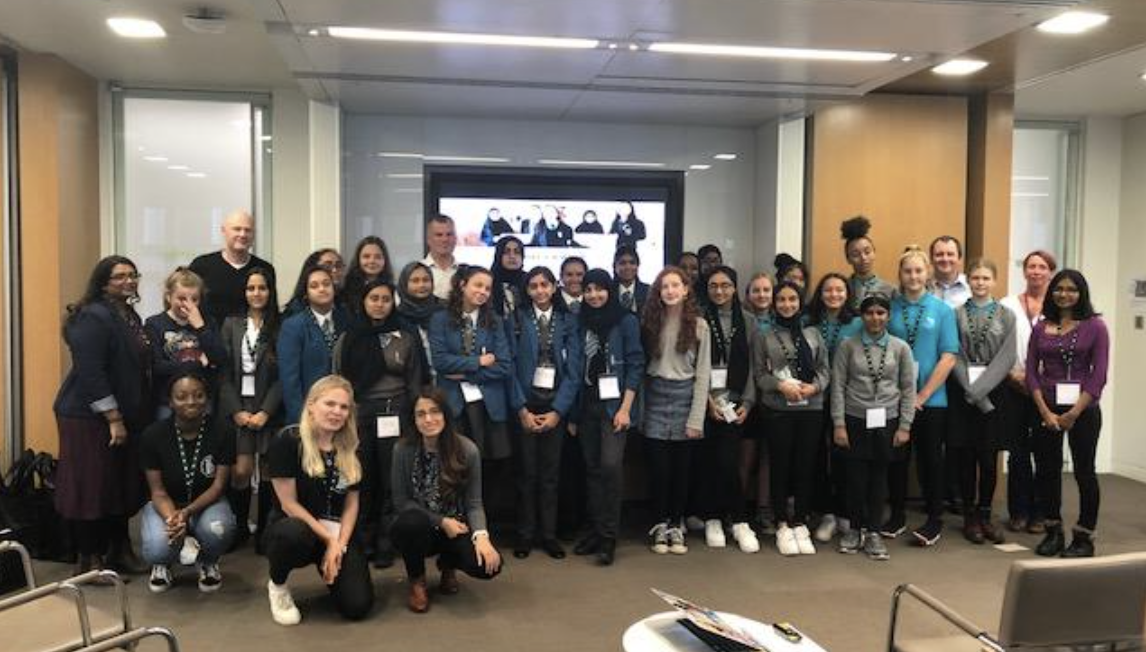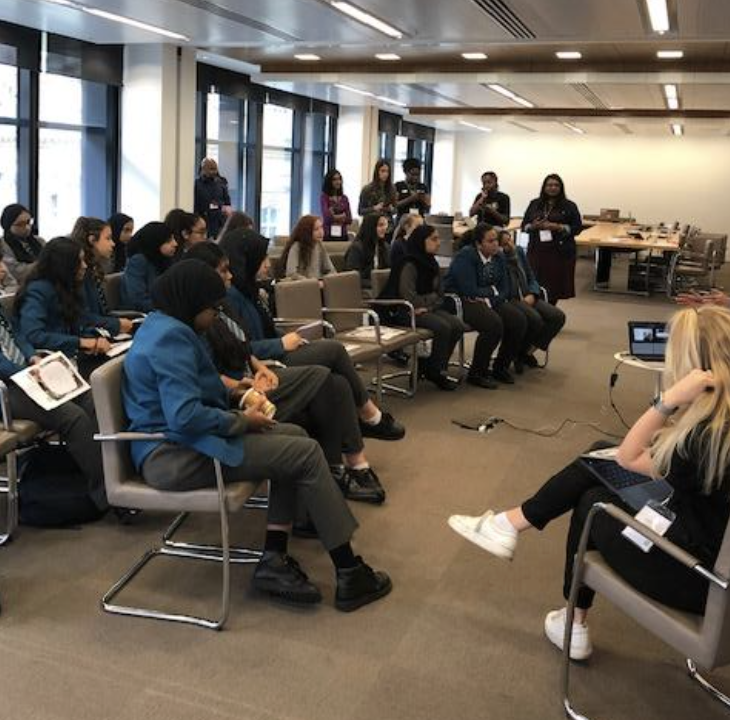
Computer Science and IT
Our aim in Computer Science is to offer state of the art equipment to reflect what is being used in the wider world. Pupils are taught courses that will provide them with the knowledge and skill used in the computing industry. For some pupils to develop those skills further, they go on to study Computer Science or an alternative qualification at Key Stage 4 and Key Stage 5. We address the balance between girls and boys going on to take Computer Science exam courses, while ensuring they are competent and safe whilst using technology online.

Key Stage 3
Pupils to know the different hardware and software. To be able to understand what goes on inside a computer system and what affects its performance. Pupils understand computational thinking as a means of problem solving. To be able to solve problems using computational thinking. To be able to design programs using flowcharts and pseudocode. To be aware of the different program languages and be able to write simple programs
Key Stage 4
At Key stage 4 students are offered a choice of two courses, GCSE Computer Science and OCR Cambridge National in IT. The first year of the GCSE is exploratory and builds on the knowledge pupils acquired in KS3. Pupils at KS4 will be required: to expand their knowledge of computer hardware and software. Be able to explain the components of a computer system. To explain the different types of network and topologies. Understand the different network protocols and where they are within the Network architecture. Review and evaluate the impact of technology on the society, which includes the ethical and environmental. The laws governing the way technology uses data and cybersecurity. To be able to write code for a given problem and document to be able critically evaluate their own code.
Students studying Cambridge National in IT, will be equipped with up-to-date knowledge and skills needed in the ever-changing world of technology. pupils will study ‘digital world, Internet of everything, data manipulation, human-computer interface (HCI) and augmented reality’.
Key Stage 5
To prepare pupils for the world of work, apprenticeships or university. Pupils to understand the different employment opportunities available in technology.
The A Level Computer Science course builds on pupils’ knowledge from studying GCSE Computer Science. This is a practical course where students apply principles and concepts such as abstraction, decomposition, data structures, algorithms, and data representation. They also learn how to solve problems through writing programs. Pupils get an opportunity to showcase their analytically, logically and critical thinking skills by undertaking a substantial programming project in which they research a problem and provide a solution for the problem, resulting in a fully functional piece of software using any programming language of their choice.
Curriculum Map
Please scroll down to view the relevant faculty and page.
Exam Specifications
GCSE Computer Science OCR 9-1 (J277) – Click here to see the specifications
Cambridge National IT OCR (J836) – Click here to see the specifications
A Level Computer Science OCR (H446) – Click here to see the specifications
https://senecalearning.com/en-GB/ A revision website for GCSE and A level Students
https://isaaccomputerscience.org/ An online learning platform for A level students
https://www.physicsandmathstutor.com/computer-science-revision/a-level-ocr/ A revision Website for A level students
Gallery
A group of female students on a trip hosted by Stemettes to TD Securities in the city of London.



Photo by Adi Goldstein on Unsplash

